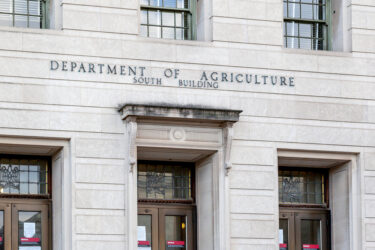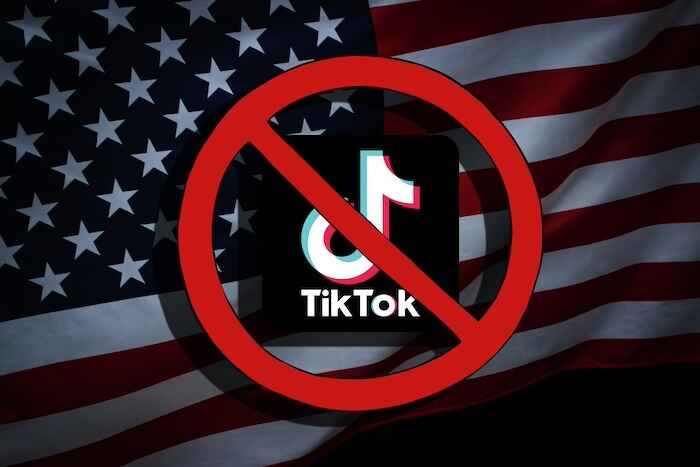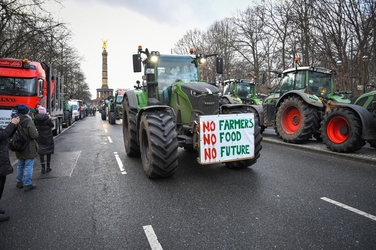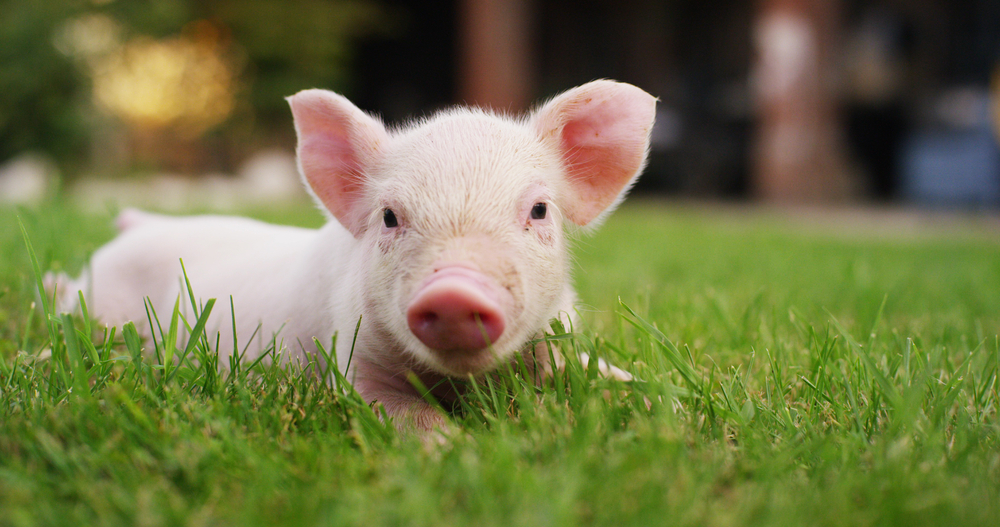This Powerful Group Got It All Wrong… and We’re Paying for It
Joel Salatin|December 13, 2022

Do you know what the outfit in charge of our food and farming system believes?
The thought recently occurred to me that, without realizing it, we often work with businesses or organizations that have beliefs opposed to our own.
For example, when Abraham Lincoln founded the United States Department of Agriculture (USDA), his stated goal was to improve farming practices to make sure citizens received the quality food needed for healthy living.
Sounds noble, doesn’t it…
But like every other instance of the government intervening in the market, this one soon moved things to a bad place.
In practice, the USDA’s objective is quite different from Lincoln’s idea.
Lincoln suffered from a misconception that seems prevalent among powerful people: the notion that government bureaucrats are smarter and more capable than independent entrepreneurs and self-regulating market forces.
Forget the noble ambitions. What are the USDA’s objectives today?
I guarantee you’ll find it easy to draw parallels to just about every business and sector of our economy…
From my observations and interactions, here is a short list…
Cheap Food
This objective dominates everything else. It explains why the food system cares not a whit about nutrition. The Bionutrient Food Association has found a 25-fold difference between a carrot grown in biologically active soil versus a carrot grown in chemicalized dirt-like strata. Yet both are called carrots.
A cheap food policy guarantees low incomes for farmers. It guarantees indifference to quality. It guarantees that shortcuts will be taken in production, processing and marketing. It guarantees nutrient deficiency.
In short, this overriding objective guarantees that the American diet shortchanges our microbiomes – and ultimately our health.
Indeed, it guarantees sickness.
Volume
This one is tricky, because I believe nature is fundamentally more abundant than industry. Nature’s abundance, unlike that of its industrial counterpart, depends on diversity. It measures all of the symbiotic benefits in an ecosystem.
The USDA, however, measures one thing per ecosystem only. Bushels of soybeans per acre is the metric, not soybeans plus soil plus birds plus pollinators plus herbivores plus actinomycetes.
A system that measures only one component of an ecosystem’s production, that values only one element, marginalizes all of that ecosystem’s other benefits. It skews production toward one metric and discounts all others.
This is why modern industrial agriculture has a host of costs, or consequences, of production. A dead zone the size of Rhode Island in the Gulf of Mexico doesn’t come off the balance sheet of the soybean farmers.
Focusing on single metrics in volume guarantees abuse for all other metrics.
That’s a dangerous path.
Mechanical Life
While living things certainly have mechanistic attributes, like leverage or chemical reactions, life is far more than its inanimate pieces.
We can dissect an animal or even a tomato, and we can view all of its parts and label each one. But that dissected specimen is not alive. Life requires something far more than mechanics.
But the USDA sees no sacredness, no species-level specialness.
The only question the agency asks is, “Can we grow a faster, fatter, bigger, cheaper pig?” If that requires playing around with its DNA, changing its genetic code, feeding it genetically modified organisms (GMOs), pumping it full of antibiotics, confining it on slats where it can never put its nose in the dirt or enjoy a ray of sunshine… then so be it.
A culture with this lack of reverence for a happy pig will soon move to a lack of reverence for happy people. It’s how we respect and honor the least forms of life that creates an ethical mandate to respect and honor the greatest forms of life (people).
Centralization
Scale is always a difficult issue because none of us wants to starve the world. We know we need to produce a lot of food. The USDA’s formula is to centralize production, processing and distribution in mega-facilities that ostensibly create economies of scale.
Nothing on Earth has limitless scale. Perhaps imagination is as close as we can get, but even that is limited by resources, capital, markets and engineering.
Even President Biden’s commitment to switch 650,000 federal vehicles to EVs by 2027 is limited by everything from charging stations to lithium mining.
Just because something works does not mean making it bigger will make it work better.
A teacher will not be as effective if given twice as many students.
Size in and of itself is neither noble nor efficient. At some point, centralization implodes. That’s exactly what happened with the pandemic.
I suggest scale can be achieved more nimbly and more resiliently with duplication. Maybe not as cheaply, but definitely more resiliently.
Intervention
In its belief that the answers for all problems come from government experts, the USDA is certainly consistent with all other federal agencies.
These days, I do a lot of consulting for folks who have invested in a new property and intend to use it as an agrarian bunker. Often they make their way to the USDA farm extension office for advice – before they call me.
I can assure you that anything you’ll find in a USDA farm bulletin is at least a decade behind what the innovators in that agricultural sector have come up with and implemented.
You will never find cutting-edge information in a USDA office. By the time it’s been vetted by the bureaucracy and determined to be safe enough to put in a government pamphlet, it’s a decade behind the times.
If you want the cutting-edge stuff, go to the folks who invent things themselves.
Intervention simply gets in the way of innovation’s spread by giving a false sense of authority. If the USDA did not exist, farmers would be far more innovative because they’d start looking to their superstars instead of to academics with alphabet soup after their names.
Once you see the USDA policy, you quickly realize that to have functional farms, ecosystems and food, the nation should implement strategies contrary to official government ideology.
The philosophy is backward.
If we’re going to eat right and farm right, we need to participate in a system that’s outside the USDA paradigm.
Completely.





